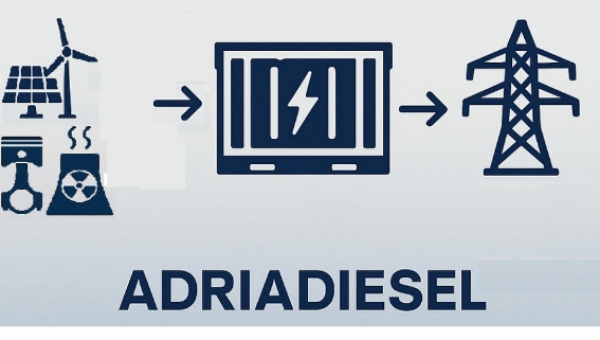Author: Dr. Nenad Končar, M.Sc.Eng.
Date: June 4, 2025
As summer begins, energy experts are warning: Croatia could face a repeat of last year’s grid collapse. The previous blackout, which originated in Montenegro, revealed just how vulnerable the system becomes when extreme demand, outdated infrastructure, and misaligned investments converge. Based on recent indicators — the risk is unfortunately very real.
Last Year’s Blackout Was No Accident
The grid failure spread from Montenegro into Croatia until the system reached its breaking point. With growing demand — especially in summer — and aging infrastructure, similar events can easily happen again.
Quoted from the press:
Energy consultant Zdeslav Matić stated:
“Grid development has been neglected for the past 40 years while demand kept growing. If another collapse occurs, it will continue until we build a network that can handle it.”
Renewables: A Potential, but Also a Challenge
Renewables are not the cause of today’s issues, but they highlight the need for a flexible and resilient grid. Variability from solar and wind sources demands a system with strong storage and load-balancing capacity.
Quoted from the press:
“Investors are fast — the state is late. Infrastructure lags behind development, and regulators are behind with rulebooks,”
warns Dr. Robert Pašičko from the Geotechnical Faculty in Varaždin.
What Has Been Missed?
- Abolishing network fees cut funding for HEP-ODS and HOPS infrastructure upgrades
- Nearly €1 billion in EU funds for grid modernization left unused
- New power plants are emerging, but with no clear integration plan
Neighboring countries’ grids (BiH, Montenegro, Serbia) are also underdeveloped. While Croatia is regionally better connected than the Iberian Peninsula, that doesn’t guarantee security.
Solutions Exist — and Are Already Available
How to increase system resilience?
- Strengthen transmission lines and international interconnections (e.g. with Italy)
- Invest in large-scale battery storage and pumped hydro systems
- Develop local energy communities (e.g. rooftop solar)
Adriadiesel: Containerized Solutions for Grid Stability
Adriadiesel is developing modular battery containers (up to 1.5 MWh) using second-life EV batteries. These systems can:
- Stabilize peak loads
- Serve secondary and tertiary regulation
- Operate in black-start mode (restart the grid without external supply)
Each container has its own cooling and safety system and can be rapidly deployed without additional infrastructure. Expansion of high-speed connection points near solar and wind farms is already underway.
Conclusion: Grid Stability Cannot Be Taken for Granted
With an increasingly complex system and a lack of investment, the question is not if, but when. A sustainable grid cannot be improvised — it requires strategic investment, skilled personnel, and political will.
“Burying our heads in the sand and relying on the market is not an option.”
If Croatia wants long-term energy stability, the time to act is now.
? Contact for more information:
This email address is being protected from spambots. You need JavaScript enabled to view it.
? www.adriadiesel.hr











